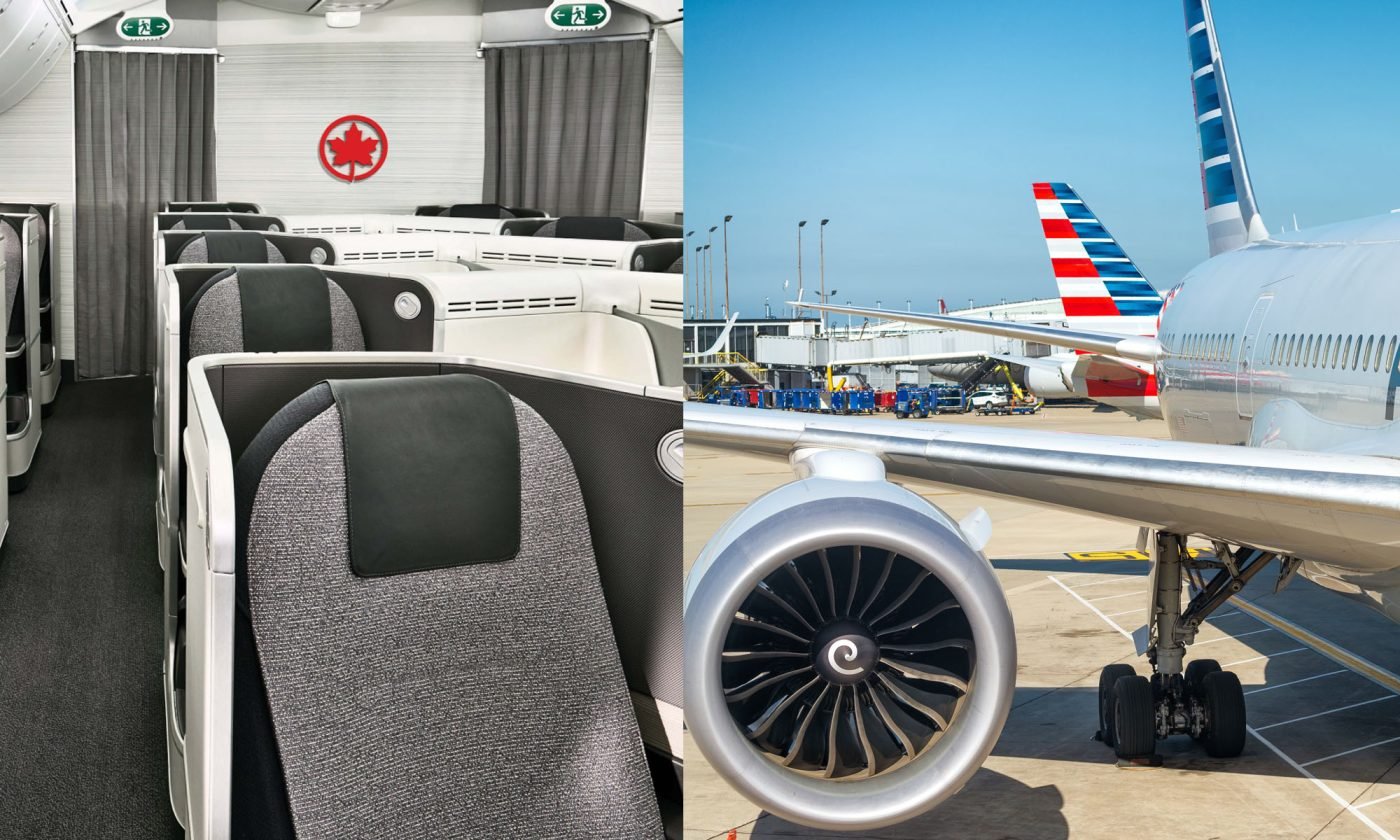Frequent flyer programs used to be simple. You flew a certain number of miles, you earned a certain number of points. But in the last decade, airlines have been quietly changing the rules, shifting from distance-based earning to a far more corporate-friendly metric: how much money you actually spend.
For the airlines, it makes perfect sense. Why reward a passenger flying ten cheap economy tickets when someone in 1A is paying ten times more for a single seat? For travellers, especially business-class regulars, the system can feel like a windfall. For everyone else, it’s a slow fade into loyalty irrelevance.
Singapore Airlines hasn’t gone fully spend based yet, but it’s edging there. Its KrisFlyer program still awards miles based on distance and fare class, but the Kris+ app lets you earn up to three miles per dollar at partnered retailers across Singapore, Hong Kong, India, Indonesia, South Korea and Australia. It’s a side door into spend based earning without tearing up the main program.
Other carriers have been far less shy. Air Canada’s Aeroplan will switch entirely to spend based earning from January 2026, starting at one point per dollar for entry level members and scaling up to six points for top tier elites. British Airways rolled out its own overhaul in April this year, awarding one tier point for every pound spent before taxes and fees, with status thresholds now tied to total revenue. After a backlash from loyal economy flyers, BA reintroduced a mileage run style option for those willing to grind out enough flights.

Across the Atlantic, Delta Air Lines has already gone all in. Its SkyMiles program now measures elite status solely by Medallion Qualification Dollars (MQDs), essentially total spend, wiping out distance based qualification entirely. The airline had to soften some thresholds after customers revolted, but the structure stayed in place.
Meanwhile, JetBlue has been spend based since 2009, with higher earning rates for those booking directly or using the airline’s co branded credit card. Finnair and Flying Blue (Air France/KLM) have also made the leap, rewarding passengers in proportion to how much cash they drop rather than how far they fly.
It’s not hard to see where this is going. For the airlines, spend based loyalty aligns perfectly with profitability. For the high spending corporate crowd, it’s a win. But for leisure travellers, especially those chasing status through mileage runs, it’s the beginning of the end. The romantic idea that loyalty was about frequency, not just revenue, is disappearing.
Curated news for men,
delivered to your inbox.
Join the DMARGE newsletter — Be the first to receive the latest news and exclusive stories on style, travel, luxury, cars, and watches. Straight to your inbox.
Could all airlines make the switch? Absolutely.
The technology is there, the accounting is cleaner, and the revenue benefits are obvious. The question is whether they want to alienate the broader base of customers who have built their travel habits and their loyalty around a system that rewarded persistence over purchase power. Could Qantas eventual make the switch? Probably, they do like revenue and profit.
Some carriers, like British Airways, may end up with hybrid models, rewarding big spenders while keeping the door open for the old school frequent flyer. Others will keep edging toward a pure spend based world.
Either way, the trend line is clear: in the future, loyalty will be bought, not flown.

